Home>Construction & Tools>Building Materials>How To Seal Stucco
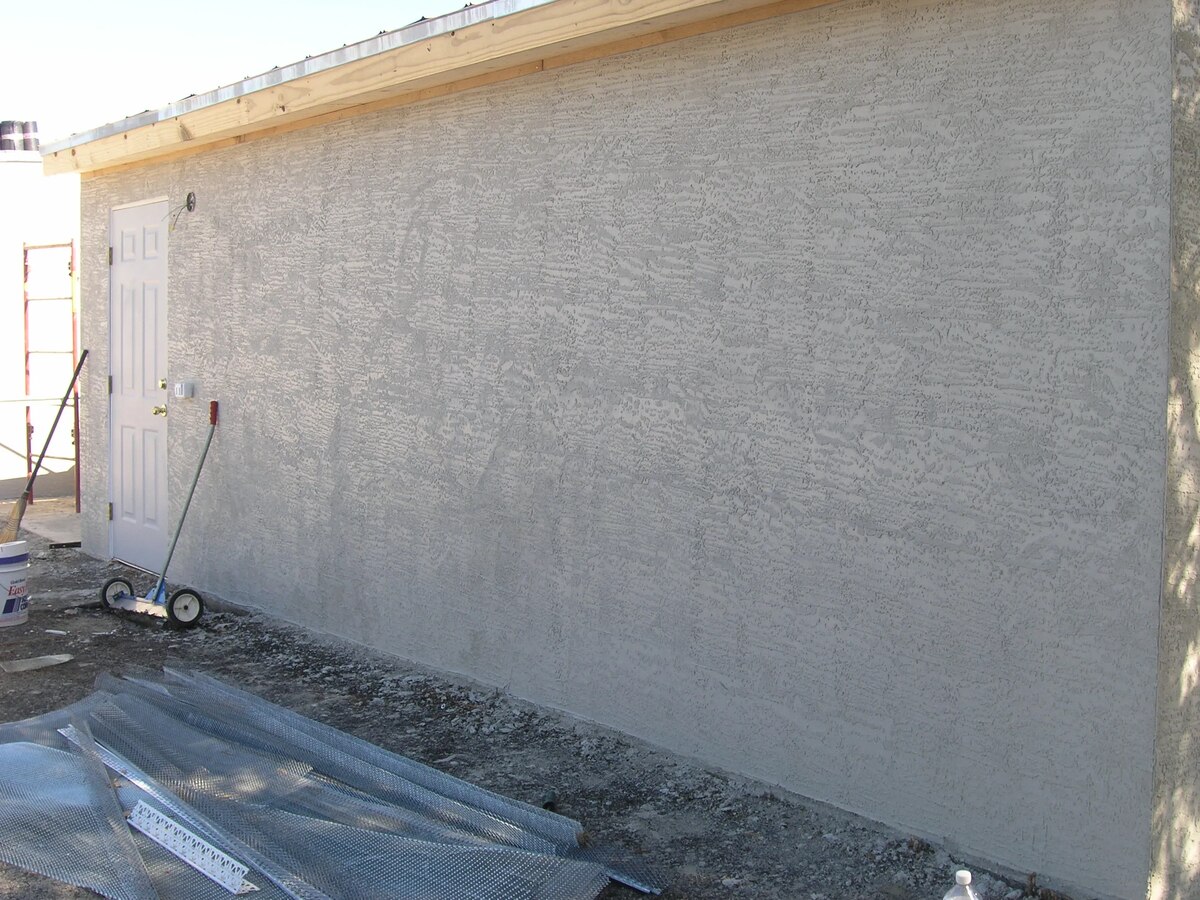

Building Materials
How To Seal Stucco
Published: January 17, 2024
Learn how to properly seal stucco with the right building materials and techniques. Protect your stucco surfaces from moisture and damage. Find out more here.
(Many of the links in this article redirect to a specific reviewed product. Your purchase of these products through affiliate links helps to generate commission for Storables.com, at no extra cost. Learn more)
Introduction
Welcome to the world of stucco! Whether you're a homeowner, contractor, or DIY enthusiast, understanding how to properly seal stucco is crucial for maintaining and enhancing the beauty and durability of your exterior surfaces. In this comprehensive guide, we'll delve into the essential steps and considerations for effectively sealing stucco, ensuring that your property remains protected and visually appealing for years to come.
Stucco, a time-honored building material, has adorned structures for centuries with its timeless charm and remarkable resilience. Its composition of cement, sand, lime, and water creates a sturdy and versatile exterior finish that can withstand diverse weather conditions and provide excellent insulation. However, to prolong its lifespan and uphold its aesthetic allure, sealing stucco is indispensable. By sealing stucco, you not only shield it from moisture, UV rays, and environmental contaminants but also enrich its color and texture, thereby preserving its allure and structural integrity.
In the upcoming sections, we'll explore the nuances of stucco, from understanding its composition and characteristics to selecting the appropriate sealer and executing the sealing process with finesse. Additionally, we'll shed light on the crucial aspects of preparation, application, and maintenance, empowering you with the knowledge and insights needed to embark on this sealing journey with confidence.
So, whether you're embarking on a new stucco installation, renovating an existing stucco surface, or simply seeking to fortify your property's exterior, this guide is your companion in unraveling the art and science of sealing stucco. Let's embark on this enlightening expedition, celebrating the enduring allure and resilience of stucco while mastering the art of sealing it for sustained magnificence.
Key Takeaways:
- Sealing stucco is crucial for protecting and enhancing the beauty of exterior surfaces. Understanding stucco composition, proper preparation, and choosing the right sealer are essential for a successful sealing process.
- After sealing stucco, it’s important to prioritize curing and ongoing maintenance to ensure longevity and resilience. Regular inspections, cleaning, and addressing any damage promptly are key to preserving the beauty and functionality of sealed stucco.
Read more: How To Inspect Stucco
Understanding Stucco
Before delving into the intricacies of sealing stucco, it’s essential to grasp the fundamental characteristics and composition of this venerable building material. Stucco, derived from the Latin word “stuccare,” meaning to “plaster,” is a time-honored exterior finish renowned for its durability, versatility, and aesthetic appeal.
Stucco typically consists of a mixture of cement, sand, lime, and water, creating a robust and weather-resistant coating for exterior walls and surfaces. This composition imbues stucco with exceptional strength and the ability to endure diverse climatic conditions, making it a popular choice for both residential and commercial constructions.
One of the most compelling attributes of stucco is its adaptability, allowing for various textures and finishes to be achieved, ranging from smooth and sleek to coarse and rustic. Additionally, stucco can be tinted to a spectrum of hues, enabling homeowners and designers to customize the exterior aesthetics of their properties with ease.
Moreover, stucco serves as an excellent insulator, regulating indoor temperatures and enhancing energy efficiency. Its low maintenance requirements and resistance to fire, rot, and pests further contribute to its widespread acclaim in the construction industry.
However, despite its formidable attributes, stucco is susceptible to moisture infiltration, which can compromise its structural integrity and lead to unsightly blemishes such as efflorescence and mold growth. This vulnerability underscores the critical importance of sealing stucco, as it acts as a protective barrier against moisture intrusion, UV degradation, and other environmental aggressors.
By comprehending the intrinsic qualities and vulnerabilities of stucco, you gain a deeper appreciation for its enduring appeal and the necessity of safeguarding it through meticulous sealing practices. Armed with this understanding, you’re poised to embark on the journey of preparing, selecting, and applying the ideal sealer to fortify and embellish your stucco surfaces.
Preparing for Sealing
Before commencing the sealing process, thorough preparation is paramount to ensure optimal adhesion and longevity of the sealer. Here are the essential steps to prepare your stucco surfaces for sealing:
1. Surface Inspection:
Begin by conducting a comprehensive inspection of the stucco surface. Look for cracks, chips, or areas of deterioration that may require repair before sealing. Addressing these issues beforehand will contribute to a more uniform and effective sealing outcome.
2. Cleaning:
Thoroughly clean the stucco surface to remove dirt, grime, and any existing coatings or sealers. Utilize a pressure washer or a stiff-bristled brush in conjunction with a mild detergent to ensure a clean and debris-free substrate. Allow the surface to dry completely before proceeding.
Read more: How To Stucco A Foundation
3. Repairing Imperfections:
Repair any visible imperfections, such as cracks or holes, using a high-quality stucco patching compound. Ensure that the patched areas are leveled and smoothed to seamlessly integrate with the surrounding surface, promoting a cohesive and flawless appearance post-sealing.
4. Masking and Protecting:
Mask off adjacent surfaces, such as windows, doors, and trim, to prevent accidental sealer overspray and ensure precise application. Additionally, protect landscaping and other surrounding elements from sealer runoff or splashes by covering or shielding them appropriately.
5. Weather Considerations:
Take weather conditions into account when planning the sealing process. Ideally, choose a time when the forecast indicates dry and moderate temperatures, as excessive heat or humidity can impede the sealer’s performance and curing process.
6. Test Application:
Prior to applying the sealer to the entire surface, conduct a small-scale test application in an inconspicuous area. This allows you to assess the sealer’s compatibility with the stucco and its impact on the surface’s appearance, ensuring that you achieve the desired results on a larger scale.
By meticulously preparing your stucco surfaces for sealing, you establish a solid foundation for the subsequent stages of the process, setting the stage for a seamless and enduring enhancement of your property’s exterior aesthetics and protection.
Read more: How To Stucco A Chimney
Choosing the Right Sealer
When it comes to sealing stucco, selecting the appropriate sealer is pivotal in achieving optimal protection, longevity, and aesthetic enhancement. With a myriad of sealers available, each offering distinct attributes and application methods, it’s essential to consider the following factors to make an informed choice:
1. Sealer Type:
There are various types of sealers, including acrylic, silicone, and elastomeric formulations. Acrylic sealers are popular for their UV resistance and breathability, while silicone sealers offer exceptional water repellency. Elastomeric sealers, known for their flexibility and crack-bridging capabilities, are ideal for stucco surfaces prone to structural movements.
2. Transparency and Finish:
Determine whether you prefer a clear, transparent sealer that maintains the natural appearance of the stucco or a pigmented sealer that enhances or alters the surface color. Additionally, consider the desired finish, whether glossy, satin, or matte, to achieve the aesthetic effect that complements your property’s architectural style.
3. Breathability and Moisture Resistance:
Assess the sealer’s breathability, as stucco surfaces require the ability to release trapped moisture to prevent degradation. Simultaneously, prioritize moisture resistance to shield the stucco from water intrusion and its detrimental effects, such as efflorescence and mold growth.
Read more: How To Cut Stucco
4. Longevity and Maintenance:
Evaluate the sealer’s durability and longevity to ensure that it withstands environmental exposure and retains its protective properties over time. Additionally, consider the ease of maintenance and potential reapplication requirements to sustain the stucco’s enhanced appearance and resilience.
5. Compatibility and Application:
Verify the sealer’s compatibility with the stucco substrate and the recommended application method, whether spray, brush, or roller. Understanding the application process and adhering to the manufacturer’s guidelines are crucial for achieving a successful and uniform sealing outcome.
6. Environmental Impact:
Consider the environmental impact of the sealer, opting for eco-friendly formulations that minimize volatile organic compound (VOC) emissions and promote sustainable practices in your sealing endeavors.
By carefully considering these factors and consulting with reputable suppliers or professionals, you can confidently select a sealer that aligns with your specific stucco sealing objectives, ensuring that your property receives the optimal protection and visual enhancement it deserves.
Applying the Sealer
Once you’ve chosen the right sealer for your stucco surfaces, the application process plays a pivotal role in realizing the full potential of the selected product. Here’s a step-by-step guide to effectively applying the sealer to your stucco:
Read more: How Thick Is Stucco
1. Surface Preparation:
Ensure that the stucco surface is clean, dry, and free from any residual dust or debris. If necessary, use a blower or soft brush to eliminate any loose particles before proceeding with the application.
2. Mixing the Sealer:
If the sealer requires mixing or agitation before application, carefully follow the manufacturer’s instructions to achieve a homogeneous solution. Use a stir stick or mechanical mixer to blend the sealer thoroughly, ensuring uniformity in its composition.
3. Application Method:
Depending on the sealer type and the manufacturer’s recommendations, choose the most suitable application method, such as spraying, rolling, or brushing. Select tools designed for the specific sealer type to facilitate an even and consistent application across the stucco surface.
4. Even Application:
Apply the sealer evenly and methodically, working in manageable sections to prevent uneven coverage or streaking. Overlapping each pass slightly ensures comprehensive and uniform protection, especially in textured or uneven stucco surfaces.
Read more: How To Anchor Into Stucco
5. Avoid Excess Sealer:
Avoid over-application of the sealer, as excessive buildup can lead to a glossy or unnatural appearance and compromise the stucco’s breathability. Follow the recommended coverage rates and reapply additional coats as necessary to achieve the desired level of protection and enhancement.
6. Drying Time and Curing:
Allow the applied sealer to dry according to the manufacturer’s specified duration, ensuring that the environmental conditions, such as temperature and humidity, are conducive to the curing process. Adequate drying and curing are essential for the sealer to bond effectively with the stucco and exhibit its protective and aesthetic properties optimally.
7. Cleanup and Maintenance:
After completing the application, clean the application tools and any accidental spills promptly. Additionally, adhere to the sealer’s recommended maintenance guidelines to preserve its longevity and uphold the stucco’s newly fortified and embellished appearance.
By following these steps with precision and care, you can achieve a seamless and effective application of the chosen sealer, elevating the protection and visual allure of your stucco surfaces with finesse and proficiency.
Curing and Maintenance
Following the successful application of the sealer, prioritizing proper curing and ongoing maintenance is essential to ensure the longevity, resilience, and aesthetic appeal of your sealed stucco surfaces. Here’s a comprehensive overview of the crucial aspects of curing and maintenance:
Read more: How To Finish Stucco Texture
1. Curing Period:
Respect the recommended curing period specified by the sealer manufacturer, allowing the applied sealer to fully bond and develop its protective properties. Avoid subjecting the stucco surfaces to excessive moisture, physical abrasion, or other potentially compromising factors during this critical phase.
2. Regular Inspections:
Conduct periodic inspections of the sealed stucco surfaces to identify any signs of wear, damage, or diminished protective qualities. Addressing issues promptly can prevent minor concerns from escalating and safeguard the stucco’s integrity effectively.
3. Cleaning and Maintenance:
Implement a routine cleaning and maintenance regimen to preserve the appearance and functionality of the sealed stucco. Use mild detergents and non-abrasive cleaning tools to remove surface contaminants and maintain the sealer’s luster without compromising its protective attributes.
4. Recoating and Reapplication:
Monitor the condition of the sealed stucco and be prepared to recoat or reapply the sealer as per the manufacturer’s recommendations. Over time, environmental exposure and normal wear may necessitate refreshing the sealer to uphold its efficacy and aesthetic enhancement.
Read more: How To Paint Exterior Stucco
5. Addressing Damage and Issues:
Promptly address any damage, such as cracks, chips, or efflorescence, that may emerge on the sealed stucco surfaces. Utilize appropriate repair materials and techniques to rectify these issues, ensuring that the integrity and visual appeal of the stucco are maintained over time.
6. Professional Maintenance Services:
Consider engaging professional maintenance services, especially for larger or more intricate stucco installations. Experienced professionals can offer specialized cleaning, inspection, and maintenance procedures tailored to the unique requirements of sealed stucco surfaces, enhancing their longevity and allure.
By prioritizing diligent curing and ongoing maintenance, you can safeguard the investment in your sealed stucco surfaces, preserving their beauty, structural integrity, and protective capabilities for years to come. With attentive care and periodic upkeep, your stucco will continue to exude timeless charm and resilience, enriching your property’s exterior with enduring allure.
Conclusion
Congratulations on embarking on this enlightening journey into the realm of sealing stucco! By delving into the nuances of stucco composition, preparation, sealer selection, application, and maintenance, you’ve equipped yourself with the knowledge and insights essential for fortifying and embellishing your property’s exterior surfaces with finesse and efficacy.
Stucco, with its timeless charm, durability, and adaptability, has graced architectural marvels throughout history, and by embracing the art and science of sealing stucco, you’re preserving this venerable tradition while enhancing the resilience and allure of your property. From meticulous surface preparation to the strategic selection and application of the ideal sealer, every step in this process contributes to the sustained magnificence and protection of your stucco surfaces.
As you navigate the realm of stucco sealing, remember that attention to detail, adherence to best practices, and periodic maintenance are the cornerstones of ensuring the enduring beauty and functionality of your sealed stucco. Embrace the process as an opportunity to elevate your property’s exterior aesthetics while fortifying it against the elements, thereby creating a lasting impact and enhancing its curb appeal and longevity.
Whether you’re a homeowner seeking to revitalize your property’s facade, a contractor dedicated to delivering exceptional craftsmanship, or a passionate DIY enthusiast, the knowledge and expertise you’ve acquired in sealing stucco empower you to embark on this endeavor with confidence and proficiency.
In the grand tapestry of architectural history, stucco stands as a testament to the marriage of artistry and resilience, and through your dedication to sealing and maintaining it, you’re contributing to the preservation of this enduring legacy. Embrace the process, revel in the transformation, and take pride in the enhanced beauty and protection that sealed stucco bestows upon your property.
Thank you for accompanying us on this enlightening expedition into the world of sealing stucco. May your journey be adorned with enduring elegance, fortified resilience, and the gratifying satisfaction of preserving and enhancing the timeless allure of stucco for generations to come.
Frequently Asked Questions about How To Seal Stucco
Was this page helpful?
At Storables.com, we guarantee accurate and reliable information. Our content, validated by Expert Board Contributors, is crafted following stringent Editorial Policies. We're committed to providing you with well-researched, expert-backed insights for all your informational needs.
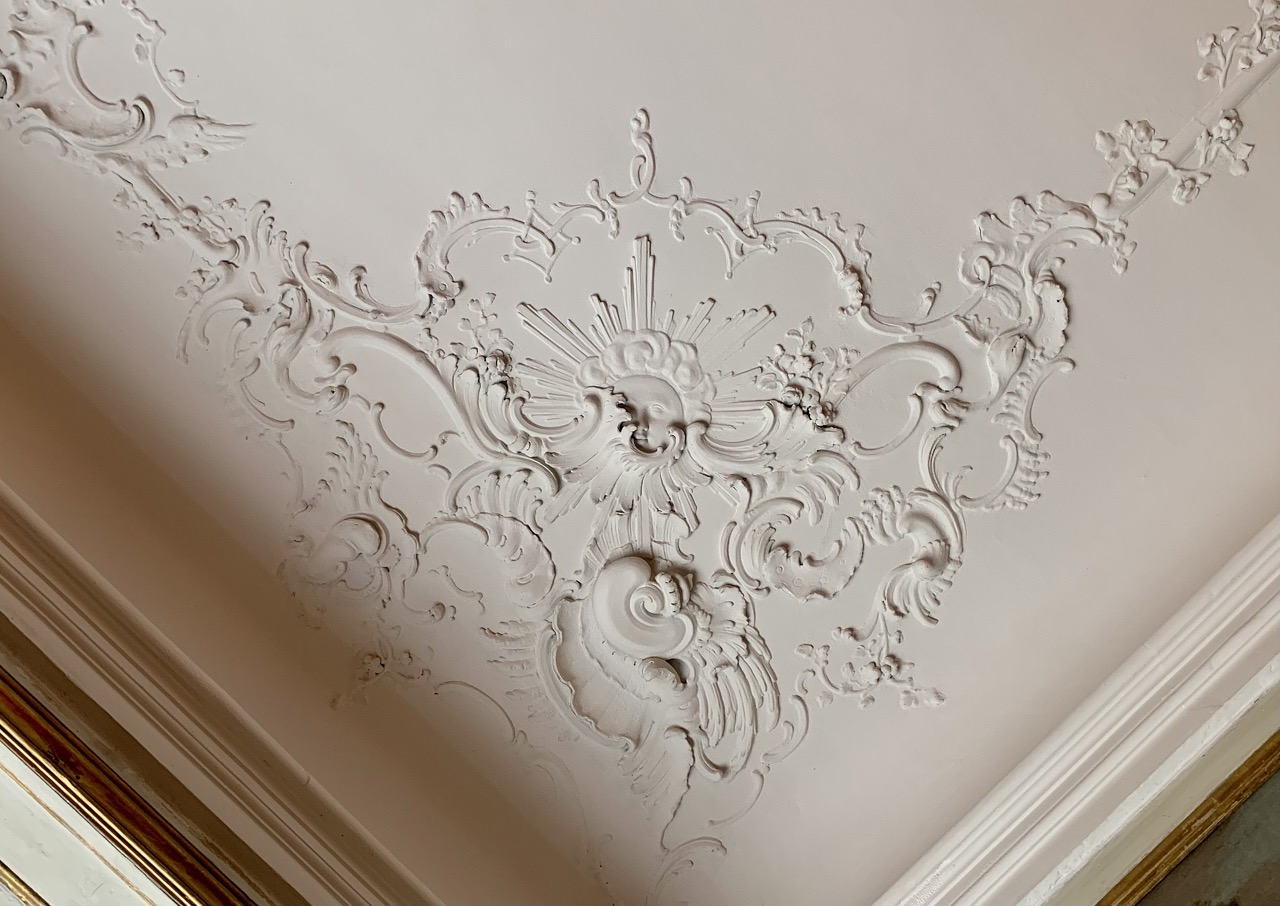

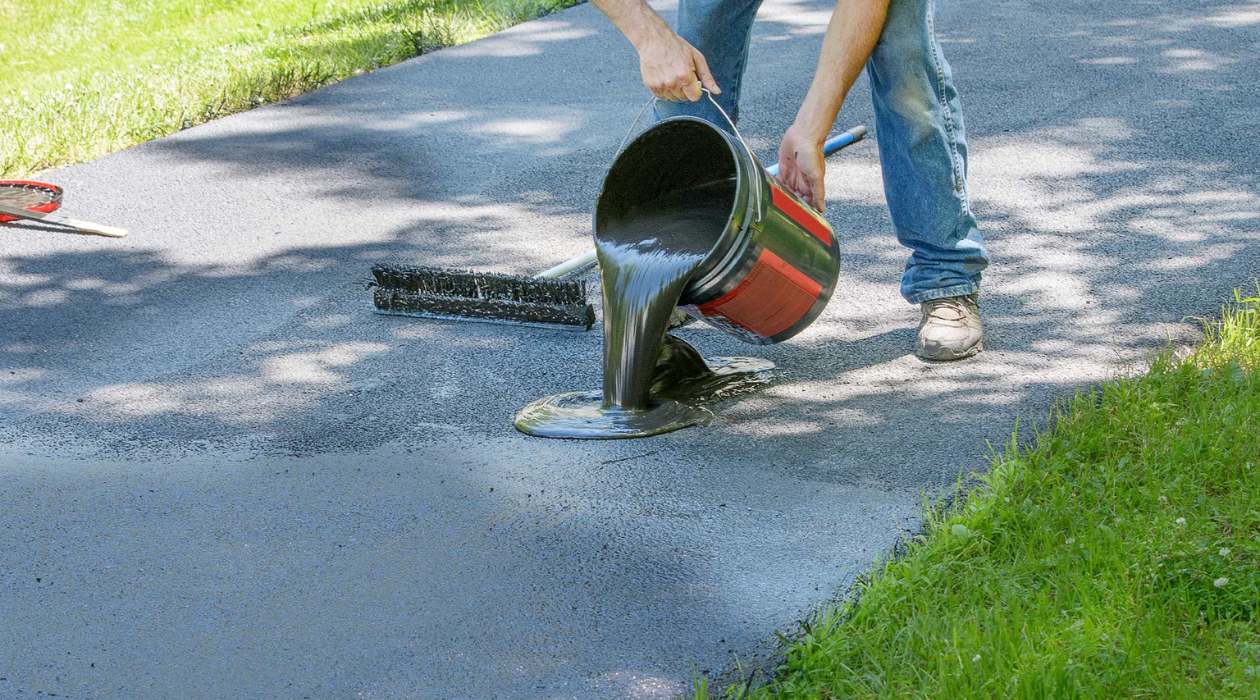
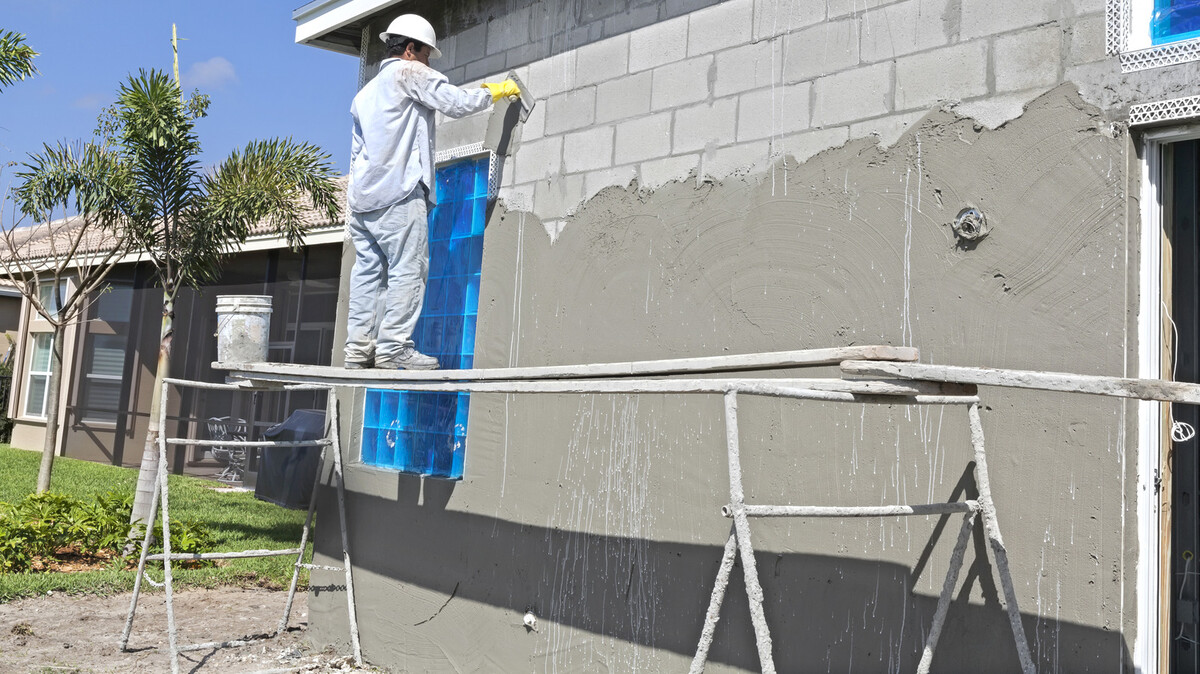
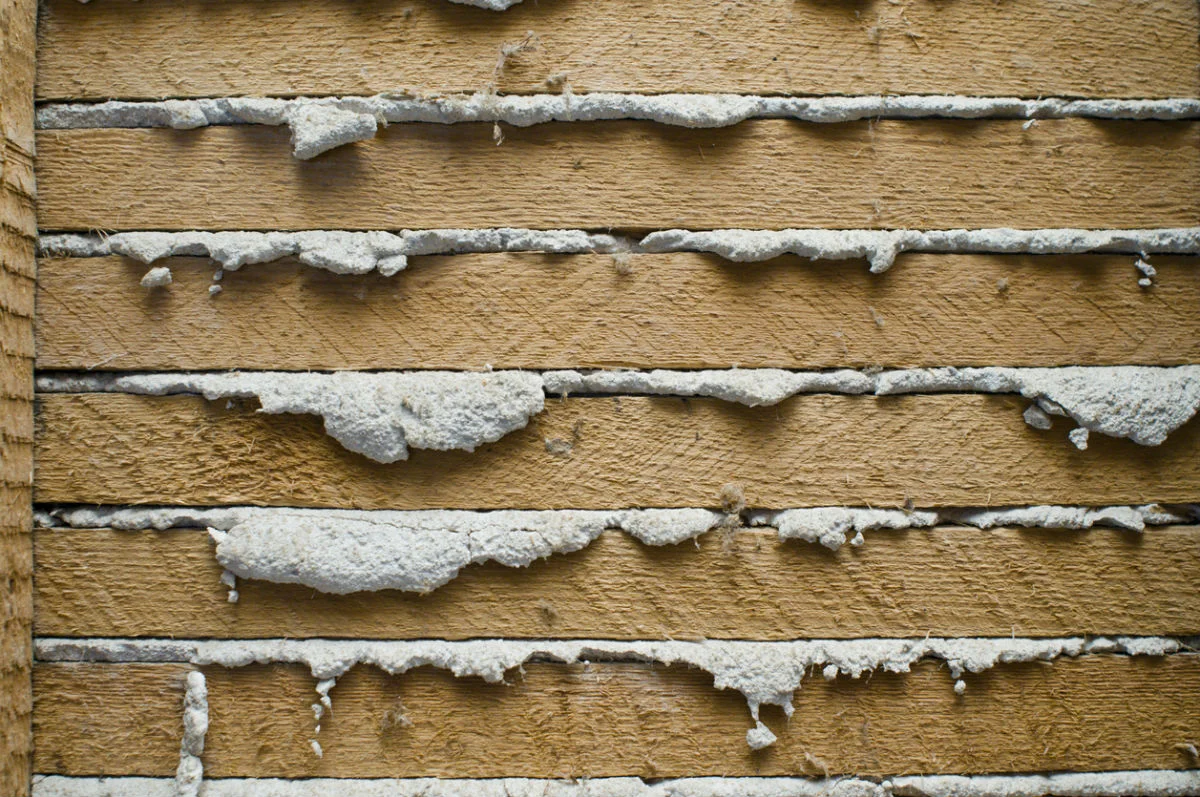
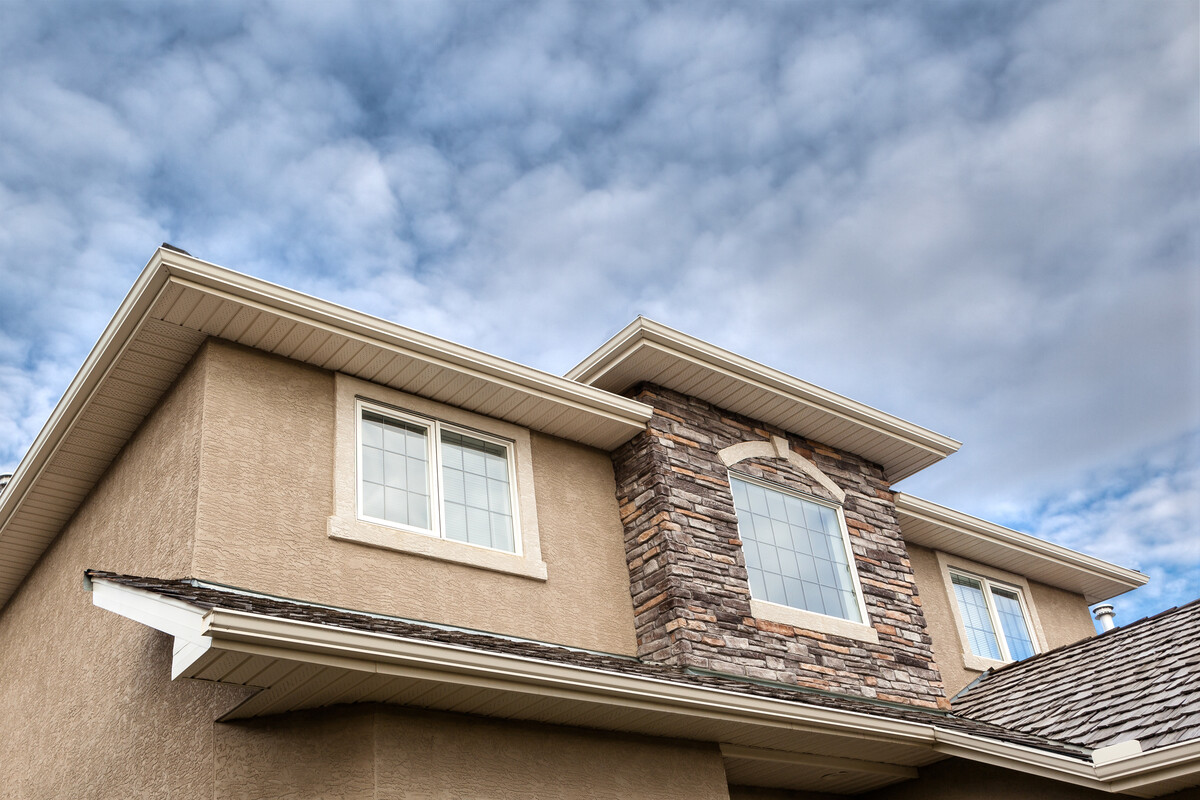
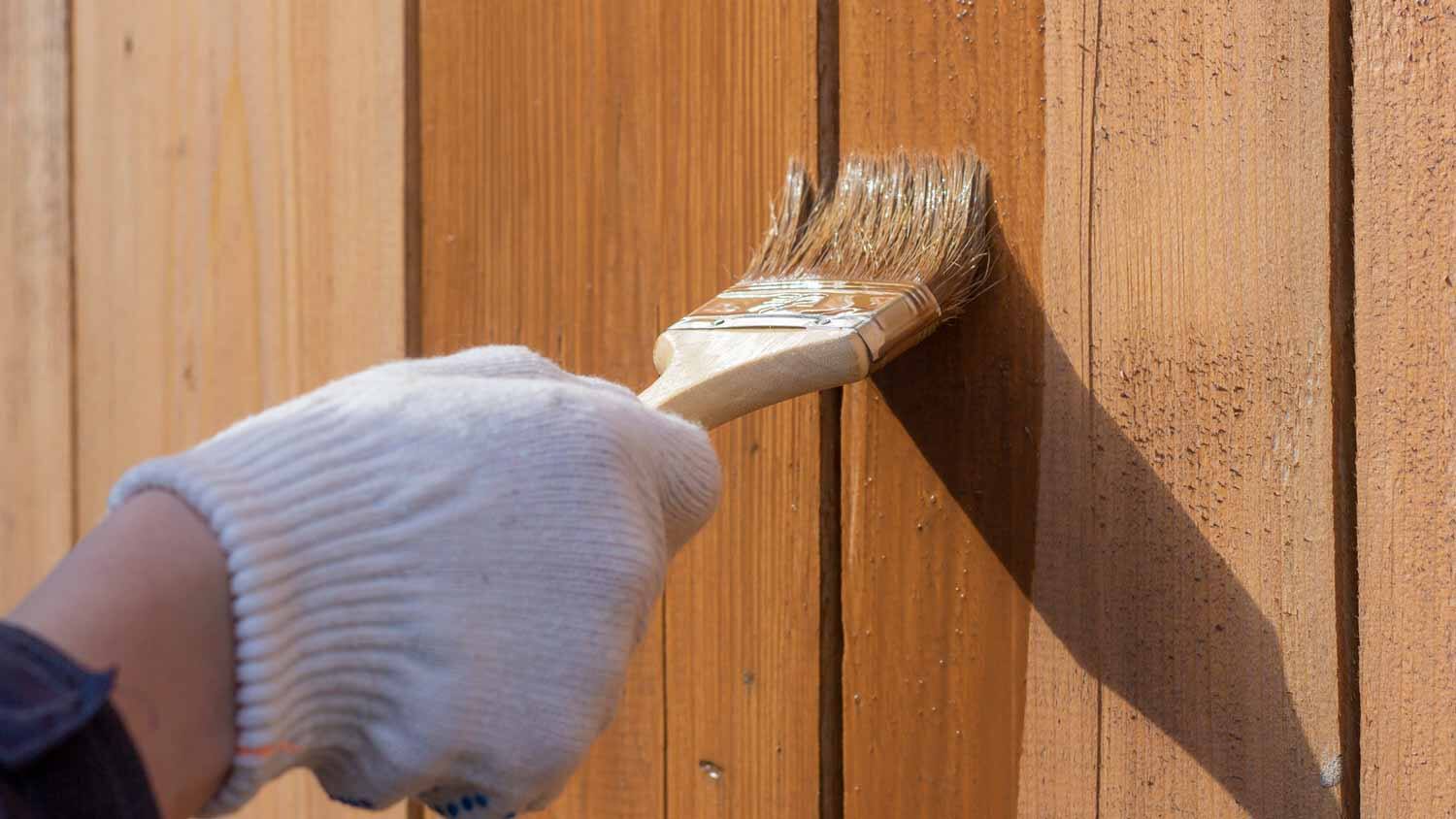


0 thoughts on “How To Seal Stucco”